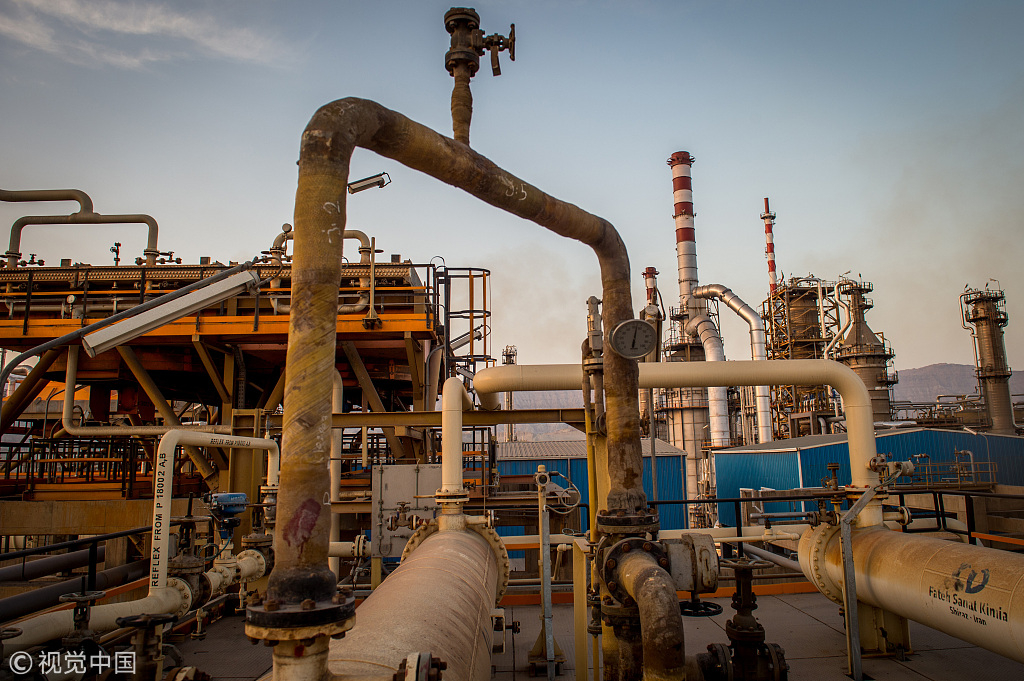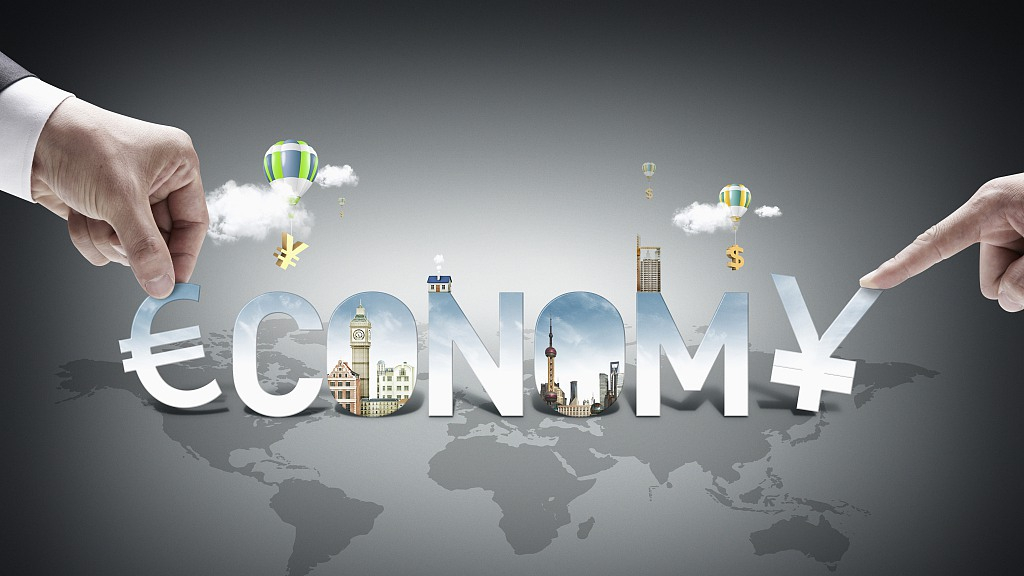Editor's note: The following piece is an edited translation from Economic Daily that first appeared on the newspaper's Chinese-language website on February 12. And it is written by members of the Development Research Center of the State Council of China. The article reflects the authors' views and not necessarily those of CGTN.
“If you look at the whole world, you will find us facing a drastic change not seen in 100 years,” said Chinese President Xi Jinping. The next 15 years will be a period of transformation of China's comparative advantage, a key period for the rise of China as an emerging power, and a period of great adjustment to the international pattern. Various factors will combine to bring about major changes to the international economy. According to a research group of the Development Research Center of the State Council of China, the global economy will show 10 major trends in the next 15 years.
The global economy to experience a period of slow growth
In the next 15 years, some developing countries will continue the process of urbanization, and a new round of technological revolution and urbanization will still underpin the future growth of some developing countries. By 2035, the global urbanization rate will reach 61.7 percent, which will be an important driver for future global economic growth.
But with global economic growth facing many constraints, the overall growth rate of the world economy may not be able to return to its historical average and may see a downward trajectory and may maintain a relatively low growth rate for a long time.
Multi-polarization
With the rise of emerging economies, developing countries will play an even more important role in the global economy. Over the next 15 years, Europe, as a whole, and Japan will remain critical economies to the world, but their status will decline. Some Asian and African countries are likely to be leaders in global economic growth.

Cables feed into an Ethernet to serial digital interface converter inside a communications room at an office in London, UK, May 21, 2018. /VCG Photo
Cables feed into an Ethernet to serial digital interface converter inside a communications room at an office in London, UK, May 21, 2018. /VCG Photo
By 2035, developing countries' GDP will surpass that of developed economies, accounting for nearly 60 percent of the global economy and investment. The focus of global economic growth will shift from Europe and the U.S. to Asia and spill over to other developing countries. However, the U.S. will maintain its status as a global superpower.
New technological revolution to reshape industrial landscape
The industrial revolution featuring information technology and digital technology, triggered by a new round of technological revolution, will be defined by intelligent production, platform-based industrial organizations, and open technological innovations. This will have a comprehensive and profound impact on the global division of labor.
It is expected that the development of information technology and the emerging digital economy will provide opportunities for latecomer economies to catch up with developed economies.
International trade to go digital
In the next 15 years, there will be changes to international trade, with the proportion of trade in digital products and services and intra-industry trade increasing significantly. Driven by information technology, cross-border e-commerce will develop rapidly, and the new mode of international trade will lead to a new regulatory model.
Emerging economies will feature more prominently in global trade. Global trade imbalances will peak in around 2030 and then gradually improve.
Rulemaking in cross-border investment
The formulation of cross-border investment rules will be an important part of the improvement of the global economic governance system in the next 20 years. The regulations of cross-border investment have improved continuously, and the level of liberalization and facilitation will continue to rise.
Multinational corporations will continue to be a major force in global cross-border investment and value chain. The number of multinationals in emerging economies will go up. Developing economies will play a more important role in cross-border investment.
Rapidly aging population

A Fateh Sanat Kimia Co. logo sits on a piece of equipment at the Persian Gulf Star Co. gas condensate refinery in Bandar Abbas, Iran, January 9, 2019. /VCG Photo
A Fateh Sanat Kimia Co. logo sits on a piece of equipment at the Persian Gulf Star Co. gas condensate refinery in Bandar Abbas, Iran, January 9, 2019. /VCG Photo
Global population development is undergoing profound changes. Population growth has generally slowed down. Fertility rates have declined globally, and the decline has been more noticeable in developing countries, and fertility rates in some countries have been at a low level for a long time.
The overall health conditions have improved significantly, and the life expectancy of the population has increased.
In terms of population distribution, the global population growth in the next 20 years will mainly take place in developing countries; fertility rates will still face a downward trend; population aging will accelerate, and developed countries will see further population aging. Developing countries are also showing a declining trend.
Green development an important trend
In recent years, with the improvement of carbon productivity, energy productivity and raw material productivity, major developed countries have built support for achieving green development while combating climate change.
However, most developing countries still face the serious challenge of how to achieve a balance between economic development and environmental protection.
Looking ahead to 2035, countries in the world will pursue green development to address pollution and realize low-carbon transformation.
Profound change in global energy structure and pattern
The structure of energy supply and demand is undergoing profound changes, reflecting in aspects such as clean production, low-carbon production, electrification and digitization.
There will also be profound changes in the global pattern of energy supply and demand. According to forecasts of international agencies, by 2035, global energy demand is expected to grow by about 30 percent, and developing countries will contribute to the biggest growth of global energy demand. Asia will become a major importer of oil and gas around the world.
Besides the Organization of the Petroleum Exporting Countries, Russia and the U.S. will become new global energy suppliers.
Overall improvement in global food security
The enormous potential of global agricultural resources is conducive to ensuring global food security.
Overall, global food security will improve in 2035, and global food consumption will continue to grow in the future, driven by population and economic growth. The pattern of grain supply and demand will see some adjustments, and international trade in grain will continue to grow.
More int'l financial centers in emerging economies
A greater variety of currencies will become global. By 2035, the U.S. will remain the most influential country in the world, and the U.S. dollar will remain at the heart of the international monetary system. With the deepening of economic globalization, more and more economies have been involved in the international monetary system, and a greater variety of currencies will become global.
There will be more international financial centers in emerging economies. The ranking of financial centers in emerging markets has slowly risen in the global financial system and become immediate competitors of financial centers in developed countries with similar rankings.
(If you want to contribute and have specific expertise, please contact us at opinions@cgtn.com)





